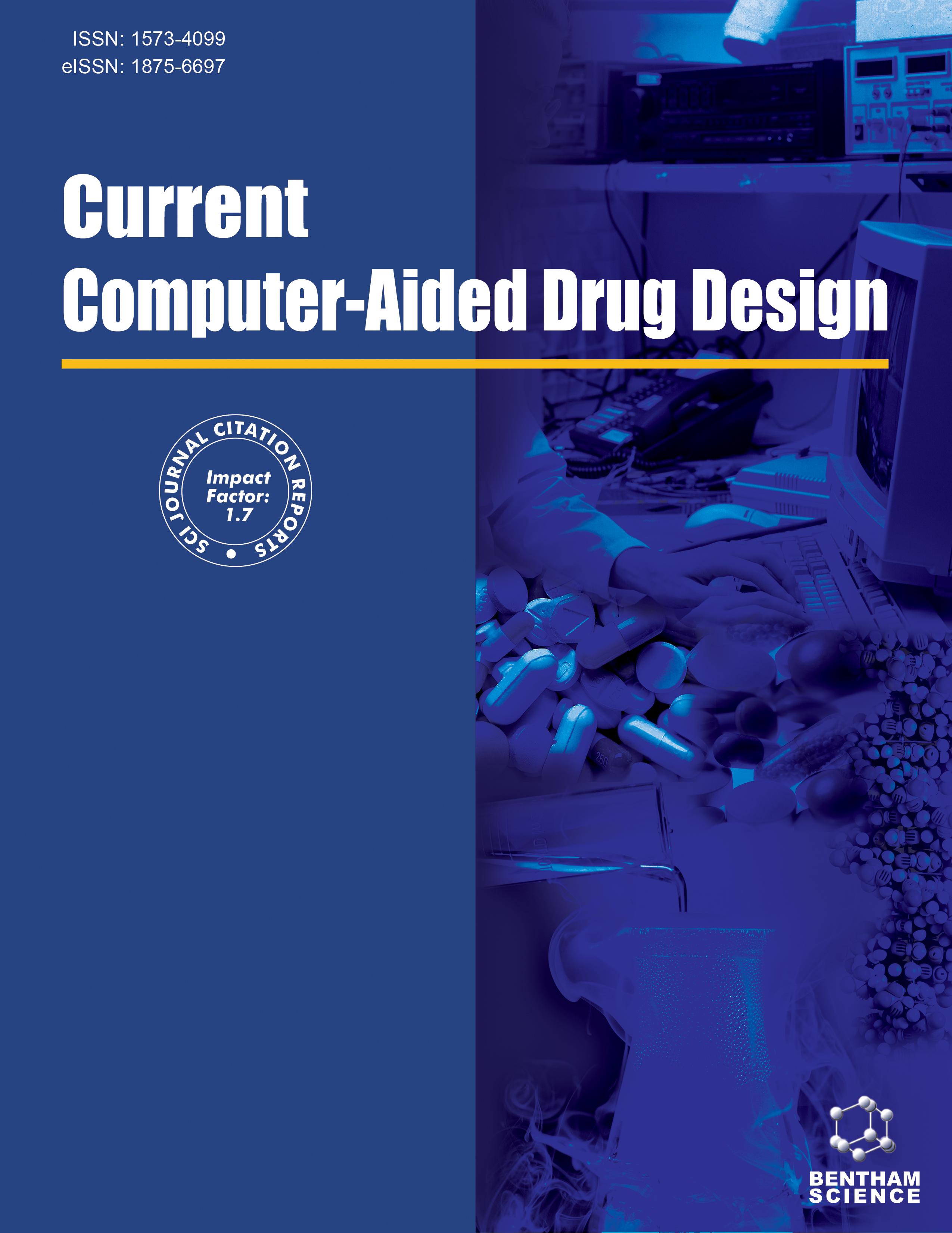
Full text loading...
Transcription factors are vital biological components that control gene expression, and their primary biological function is to recognize DNA sequences. As related research continues, it was found that the specificity of DNA-protein binding has a significant role in gene expression, regulation, and especially gene therapy. Convolutional Neural Networks (CNNs) have become increasingly popular for predicting DNa-protein-specific binding sites, but their accuracy in prediction needs to be improved.
We proposed a framework for combining Multi-Instance Learning (MIL) and a hybrid neural network named WSHNN. First, we utilized sliding windows to split the DNA sequences into multiple overlapping instances, each instance containing multiple bags. Then, the instances were encoded using a K-mer encoding. Afterward, the scores of all instances in the same bag were calculated separately by a hybrid neural network.
Finally, a fully connected network was utilized as the final prediction for that bag. The framework could achieve the performances of 90.73% in Pre, 82.77% in Recall, 87.17% in Acc, 0.8657 in F1-score, and 0.7462 in MCC, respectively. In addition, we discussed the performance of K-mer encoding. Compared with other art-of-the-state efforts, the model has better performance with sequence information.
From the experimental results, it can be concluded that Bi-directional Long-Short-Term Memory (Bi-LSTM) can better capture the long-sequence relationships between DNA sequences (the code and data can be visited at https://github.com/baowz12345/Weak_Super_Network).

Article metrics loading...

Full text loading...
References


Data & Media loading...

